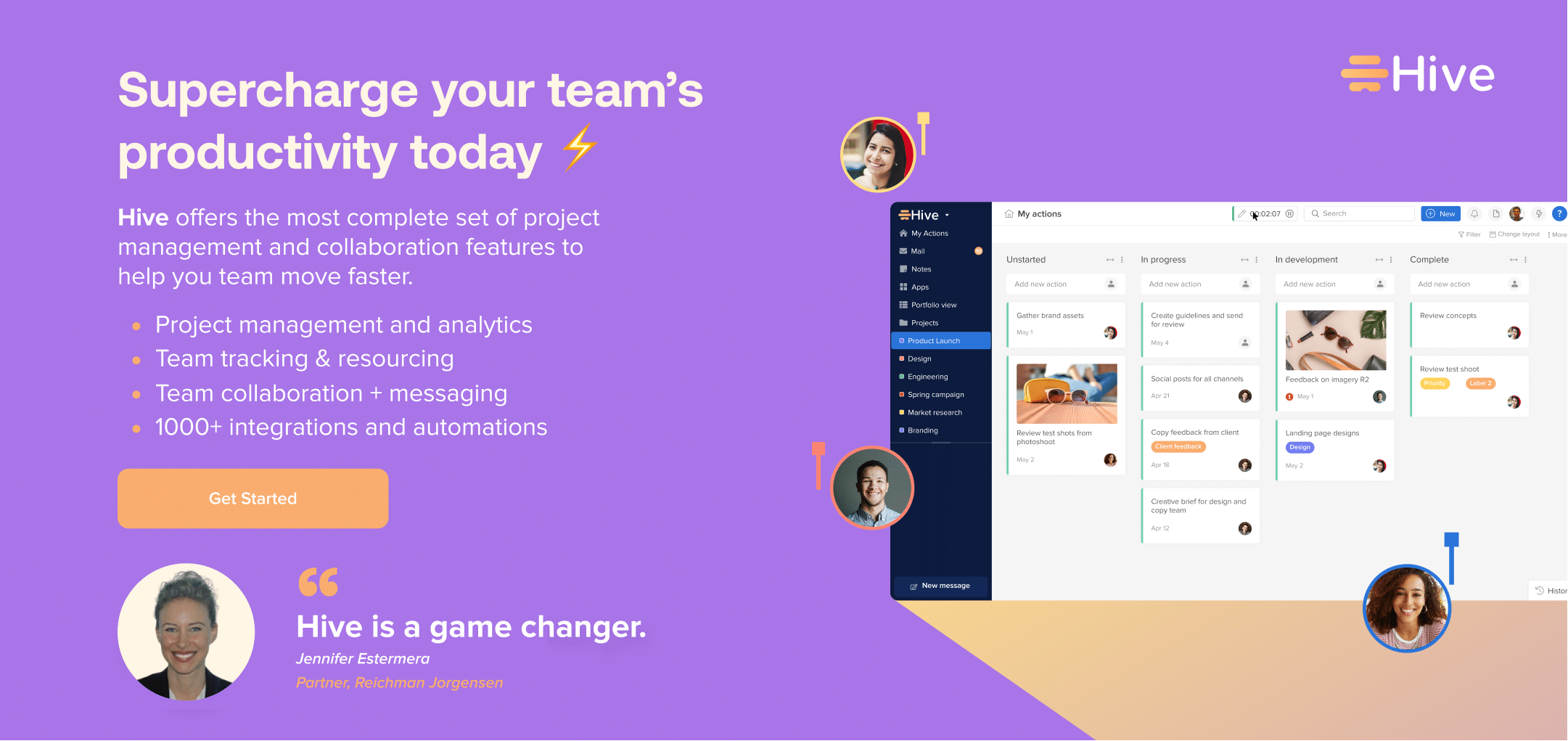If you are in the tech world at any capacity – or have been around it via your friends and acquaintances – then there is a very big chance you’ve heard people throw around the term “tech stack.”
A technology stack is a number of cloud-based technologies that are assembled to perform as one application. It is also referred to as a solutions stack or technology infrastructure. Similar to a pitch deck in sales, tech stack holds details to all of the tools and processes that are necessary to make an app or a business succeed.
What is in a tech stack?
In the app world
In the app world, a tech stack is comprised of specific technologies that help to form one app or website. This includes the frontend, which is comprised of HyperText Markup Language (HTML) – the language that creates web page structures – and Cascading Style Sheets (CSS), which is a language that creates the style and layout of web pages.
The backend tech stack is responsible for how the software operates and isn’t always as pretty. It is usually comprised of Java, Python, Django, PHP, C++, or any other of a number of programming languages. For a focused comparison between two key technologies, explore Java vs .NET, which can help you decide which is better suited for your tech stack.
A Python development company can help you create a robust and versatile tech stack, ensuring that your software applications are built on a strong foundation for optimal performance and scalability.
In the business world
But in the business world, most companies have their own tech stacks that help their day-to-day operations. In both cases, there is normally a frontend/client-side to consider and a backend/server-side as well.
For example, does your company have a Customer Relationship Management (CRM) system you like to use to communicate with customers and build client portals for efficiency? Are you leveraging the best app for home staging to visually enhance your listings and attract more potential buyers? Do you have a basic phone line that operates as a functioning line of communication to the outside world? How about your email provider? Essentially, identify what technology is necessary to perform your daily functions at the rate you are now.
Create your own tech stack
A 2019 report indicated that small to midsized businesses – which total over 32 million in the United States alone – used an average of 73 apps, and larger companies average 129. Surely there is a more efficient way to approach operations in building a simplified technology stack. So, what goes into building a successful one, be it on the business side or while in consideration for a web buildout?
Identify which processes you can automate
Whether your business has been operating for decades or is just about to launch, there are most likely aspects of it that can be automated. This could be for efficiency or expansion, and either way it eliminates unnecessary extras in the process. Consider questions like:
- Are there any redundancies in our workflow that can be eliminated?
- Have I noticed any kinks in our processes?
- Is every step necessary, or can any of our processes be simplified?
- How many people are involved in the approvals process, and is each approval necessary for the end goal?
To approach the identification process as best you can, we would suggest having each individual member of your team take notes during their daily tasks about what works and what doesn’t. Collect those notes and information, and have a smaller group of dedicated representatives and C-Suite members discuss your options. It is important to have diverse opinions from every operating arm of the team to discuss the intricacies of an existing tech stack. If you haven’t quite launched your company yet, discuss amongst founding members the technologies that have worked for everyone in the past. Here is a software comparison template to help with any difficult decisions.
In some cases, the risks associated with switching to automation software may be too high to consider right now. For example, a bot chat portal might not make sense if your company is selling a highly nuanced piece of technology. Choosing the right tech stack for your project is like building a house’s foundation: it needs to be strong and fit your specific needs. For instance, if your company deals with data, leveraging technologies like Power BI could be beneficial. However, to harness the full potential of these technologies, understanding resources like PL-300 Dumps is essential.
Before making a final decision, a thorough software architecture consulting can serve as your guide, helping you select a tech stack that not only meets your current needs but also supports your long-term digital goals.
Bots will most likely not be able to register all of the complaints and questions efficiently, and could just be a stop-between frustration for everyone.
Choose your technology wisely
Choosing pieces of technology to add to your tech stack is not a simple process. This is where your team should put in hours of research, questions, and trial runs. Consider things like:
Budget
What would you be willing to invest in each area that you are seeking tech help with? You may have more funding now, but with income projections, does this software work long-term?
Vendor history
What is the vendor’s background? Do they meet diversity expectations? Has there been bad press around their company or brand? Is this a company you’d like to commit to a relationship with?
Ease of use
Be sure to identify the pain points your customers may come to you with, and how the software can make the process easy and welcoming for them. Ease of use is also important to consider for coworkers and the company as a whole. Additionally, consider implementing Istio or a service mesh to enhance scalability, reliability, and security across your infrastructure.
Integration options
How well does the software you are considering integrate with other software options? Does it include everything you need right now, or are there pieces missing? Looking at options like Zapier to connect all of your individual pieces may be all you need to further your automation dreams. But is there other technology out there that solves multiple issues for you in a sustainable way?
Luckily enough, in the tech world, people are all about user reviews to advance the industry. You can search for reviews on process-specific sites. These will rank all CRM systems against each other, all social scheduling platforms against each other, all web hosting services against each other, etc. For example, if a hosting provider accepts crypto payments, you can see positive or negative reviews from people who prefer this payment method and consider using it or not. You can also search for reviews via sites that are industry-specific. Always ensure that the reviews you are looking into aren’t sponsored by any of the companies that own or operate the technology you are researching.
If you have friends that work in a similar space to you or have operated in a similar capacity during their career, it might help to reach out to them. Finding people that have your best interests in mind – and some real-world experience with the applications and technology you are considering – can be an extreme asset to the future of your company.
Consider future needs
As you are considering the technology that your company will use exclusively to create a system that adds value to your product or brand, make sure you are contemplating future needs.
Let’s say you work at a real estate company for example. You likely use platforms like Zillow that help you manage your property listings. But what else may you need in the future? You may not have a weekly newsletter now, but is it something your business is considering for future marketing work? Does the commercial real estate CRM you use have that capability, or will you need to add another web application to the mix?
Is your platform scalable? Your client base may be pretty small now, but as you – your team, company, brand, and client base – grow, will the platforms you choose be able to manage increased data? Or do they cap out specifically for small businesses?
When all is said and done, what pieces of your software allow for customization? Can you add features as your business grows?
Whether you are a small business or startup trying to launch with efficiency and grace into your industry, a company that has been well established for years, or anywhere in-between, it is important to create a tech stack that works for your specific goals. If the mission of the company has shifted, re-evaluate your stack. It’s always worth checking in on every few years, especially if you are noting inefficiencies that could be solved by alternate programs.
Emerging trends in tech stacks in 2024
A crucial point on keeping an efficient tech stack is having it always up-to-date with emerging trends in your industry and in tech in general. Recently, we’ve seen a surge in solutions that include: cloud computing, artificial intelligence and edge computing.
Having a tech stack that includes cloud-based solutions, such as Hive, offers businesses the opportunity to scale and be flexible in a global world. Cloud-based services mean that you can access servers, storage, databases, networking, software, analytics, and intelligence through the internet, aka the cloud. This solution is not only more affordable but also efficient when you are working with teams in different parts of the world.
Another trend we are seeing everywhere? AI. Almost every application now is offering some type of feature that includes artificial intelligence, which helps in automating tasks, creating new products and services and even in the decision making process of companies. For example, Hive Mind uses artificial intelligence to power task recommendation and its predictive analytics tools, helping businesses to make better decisions and save time in their task management workflow.
Edge computing is one more trend we are seeing more of than ever before. This is basically a way to bring computation and data storage closer to the devices where data is generated, improving business intelligence utilizing machine learning. Edge computing reduces latency and improves performance but might not yet offer the data security and flexibility to use — as it can be quite complicated.
Looking for a jumping-off point to create your own tech stack? Hive has actually put together a list of productivity platforms we love for a highly functioning office space that you can take on the go. Let us know if there are any other essential tools you can’t live without in your tech stack!





